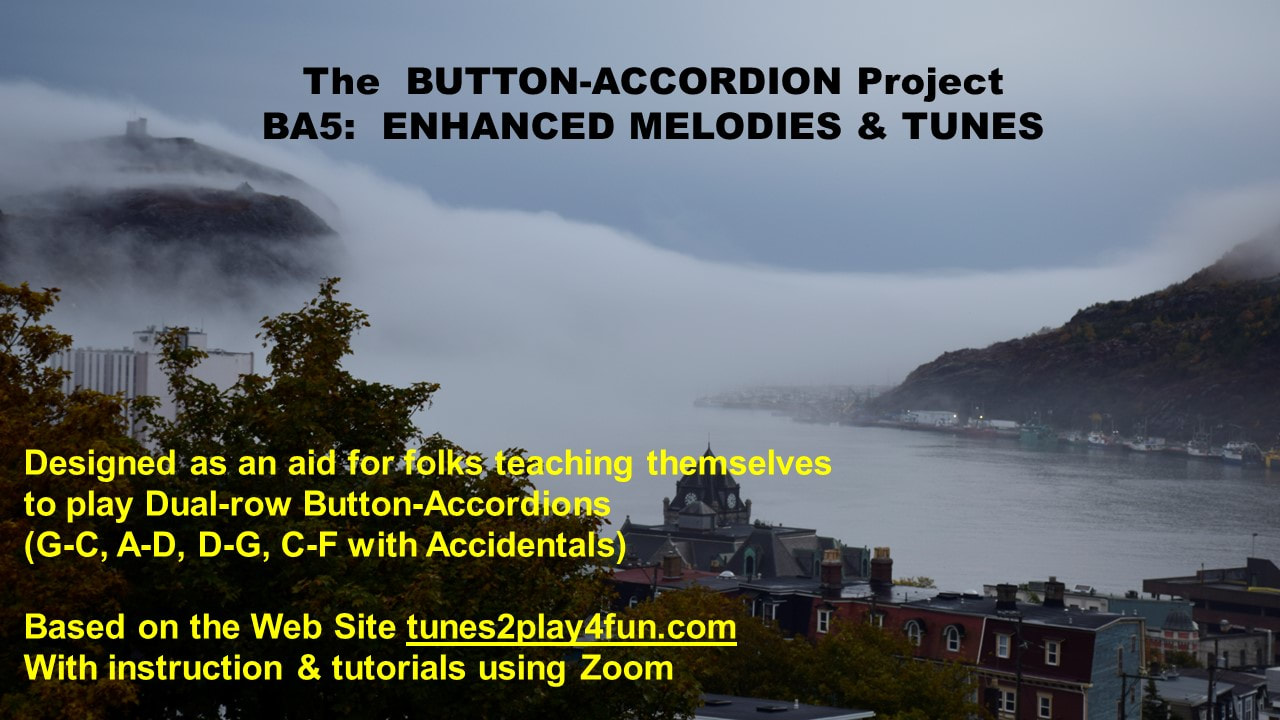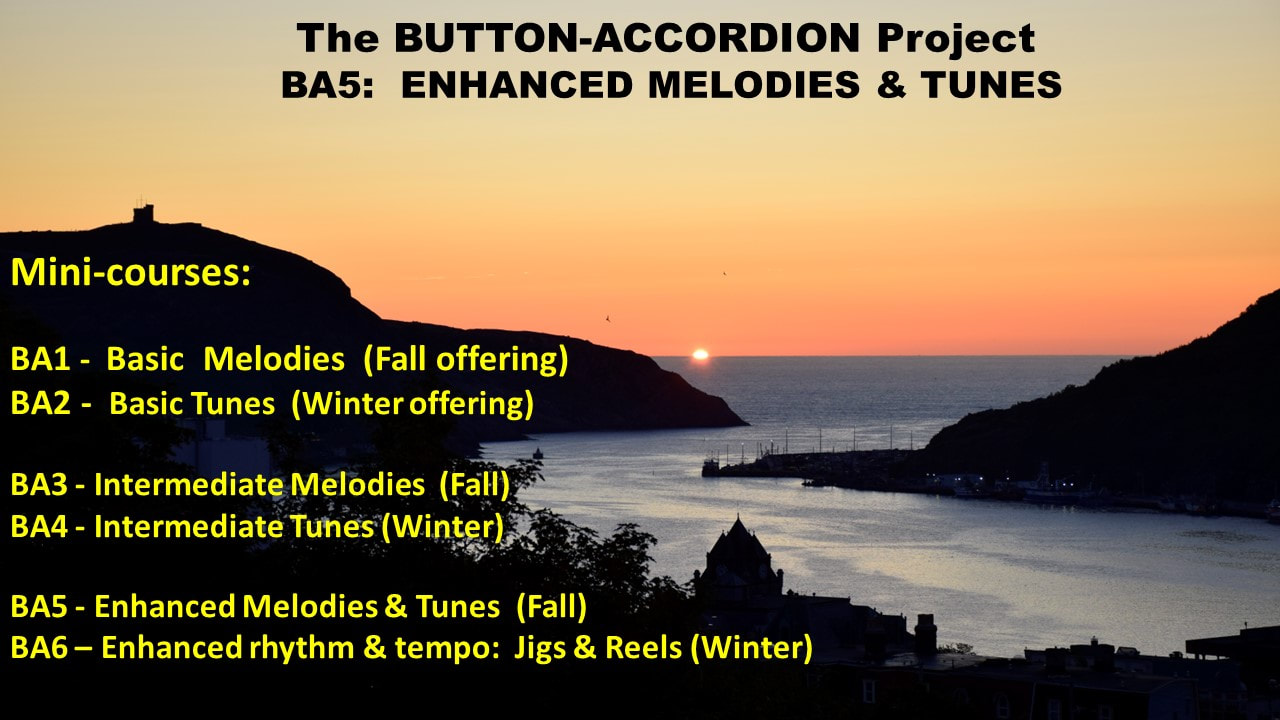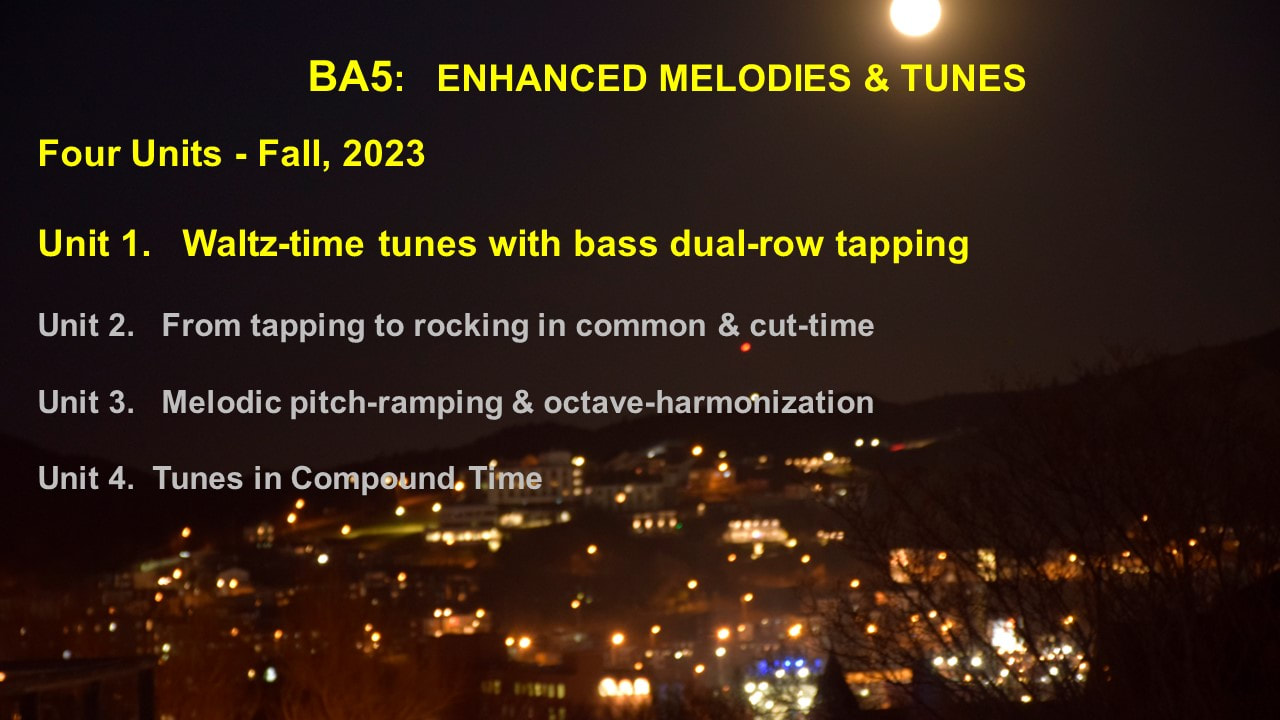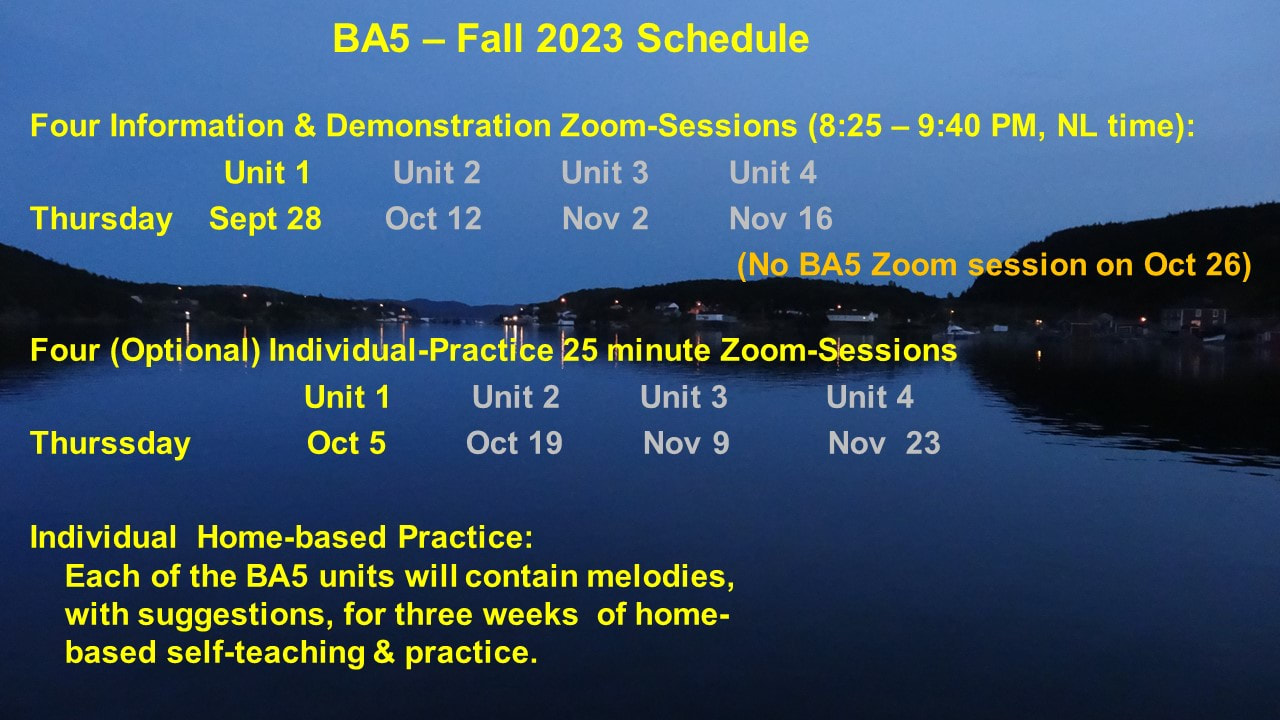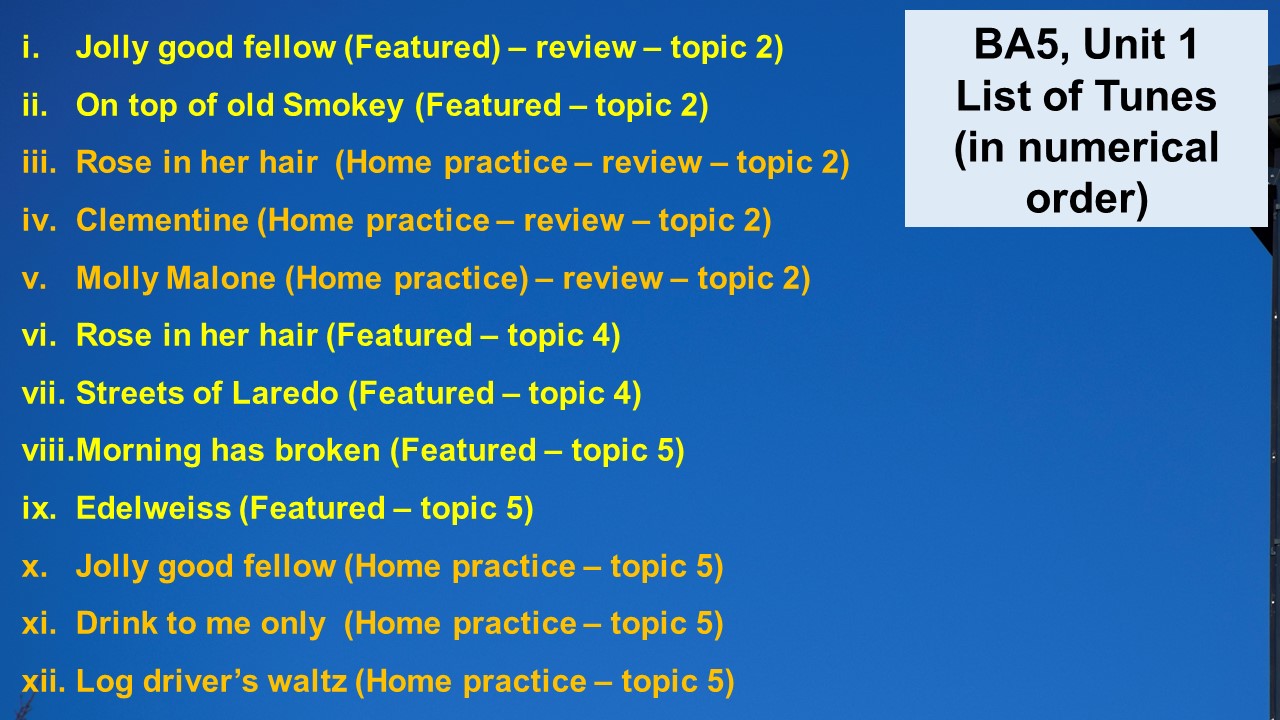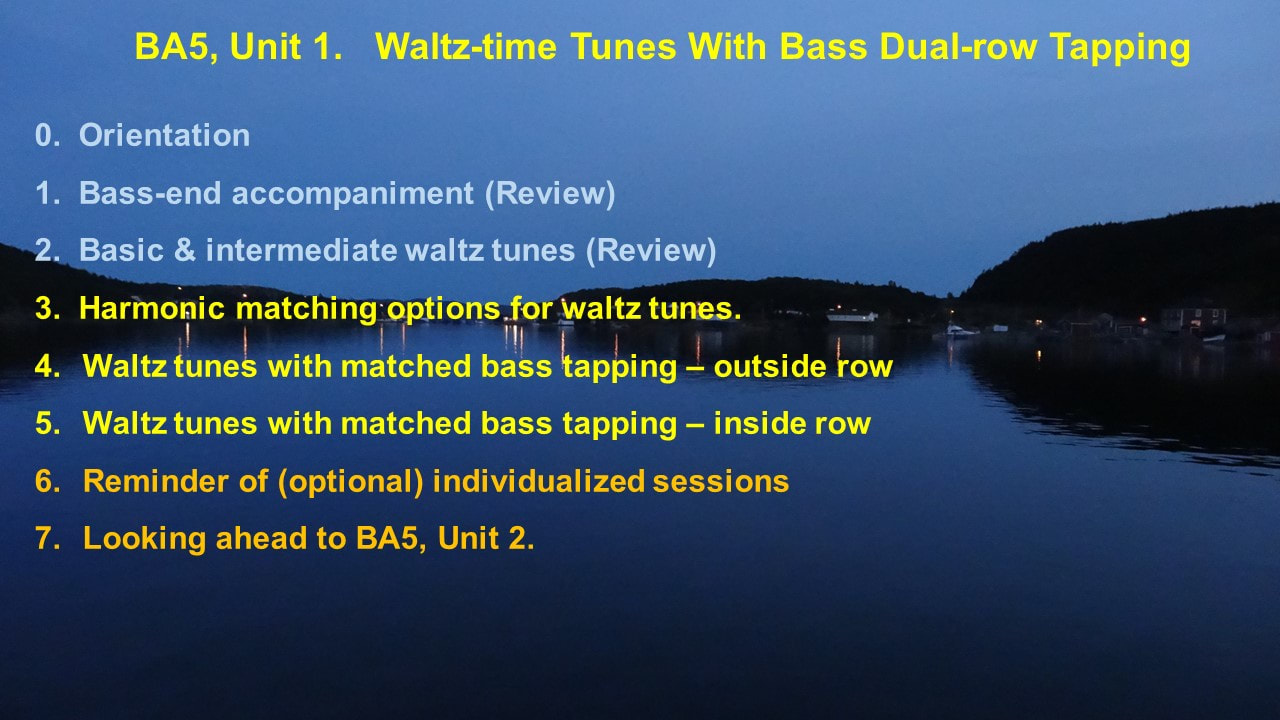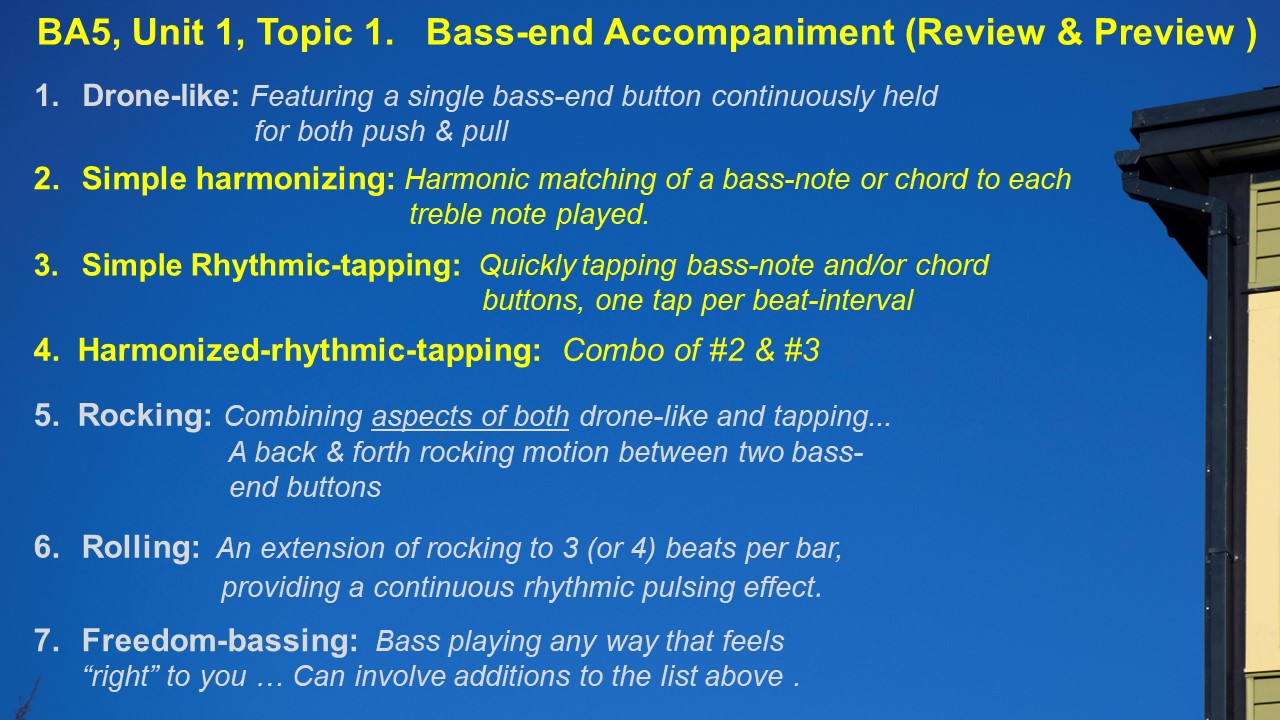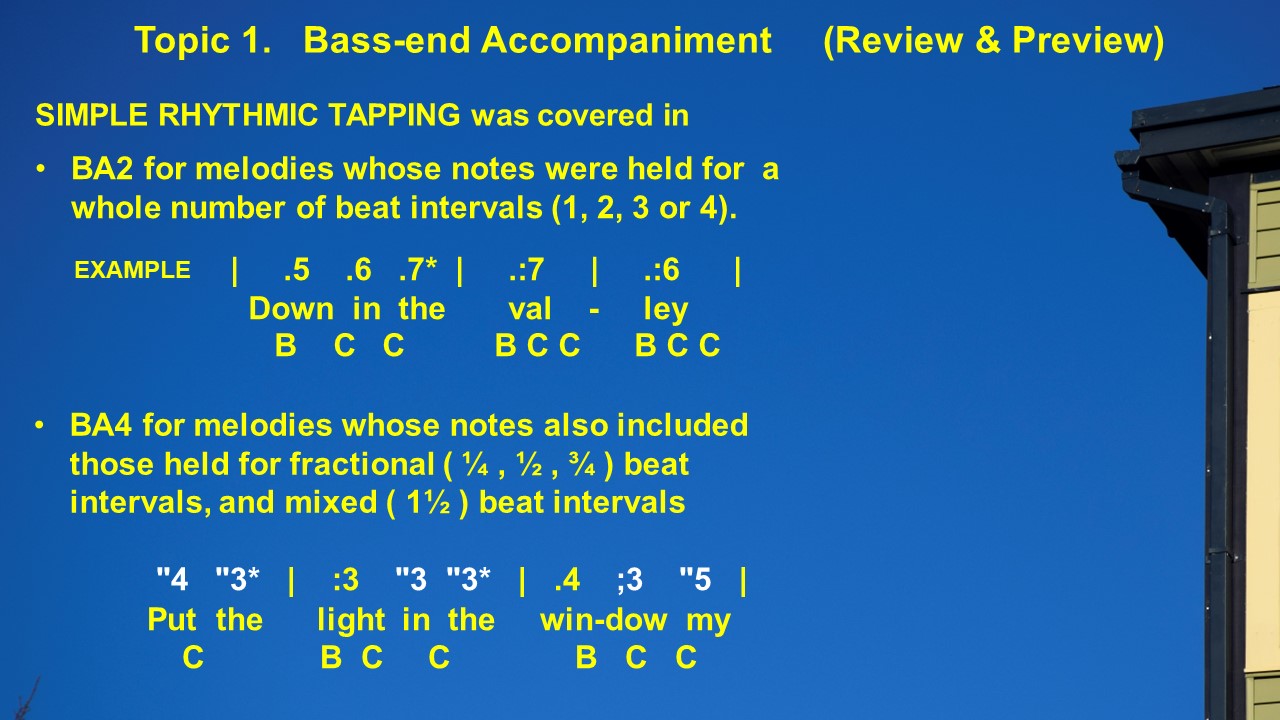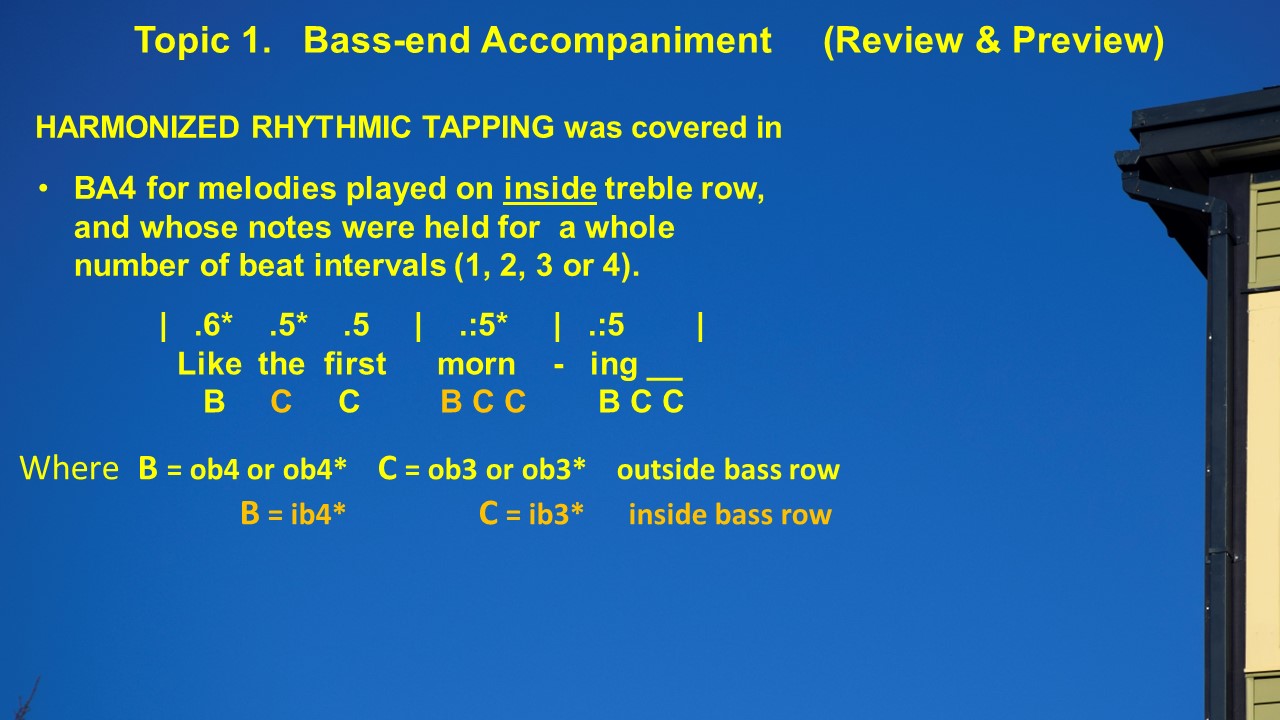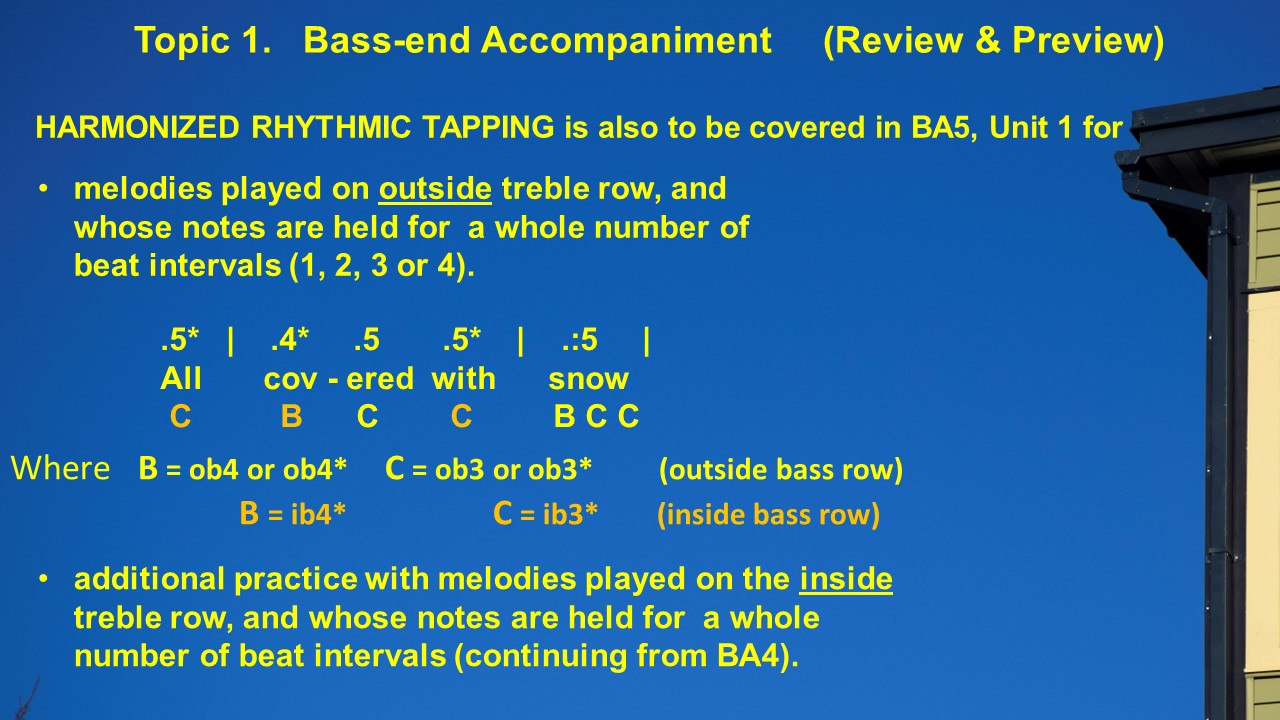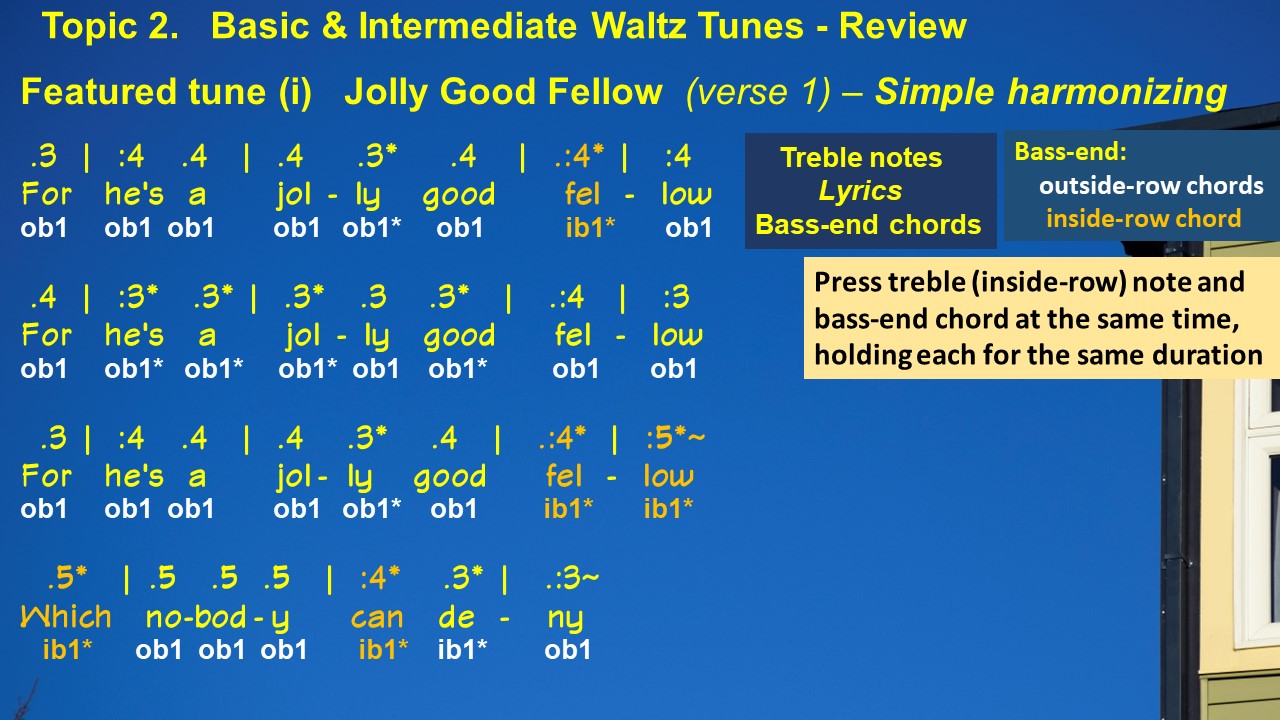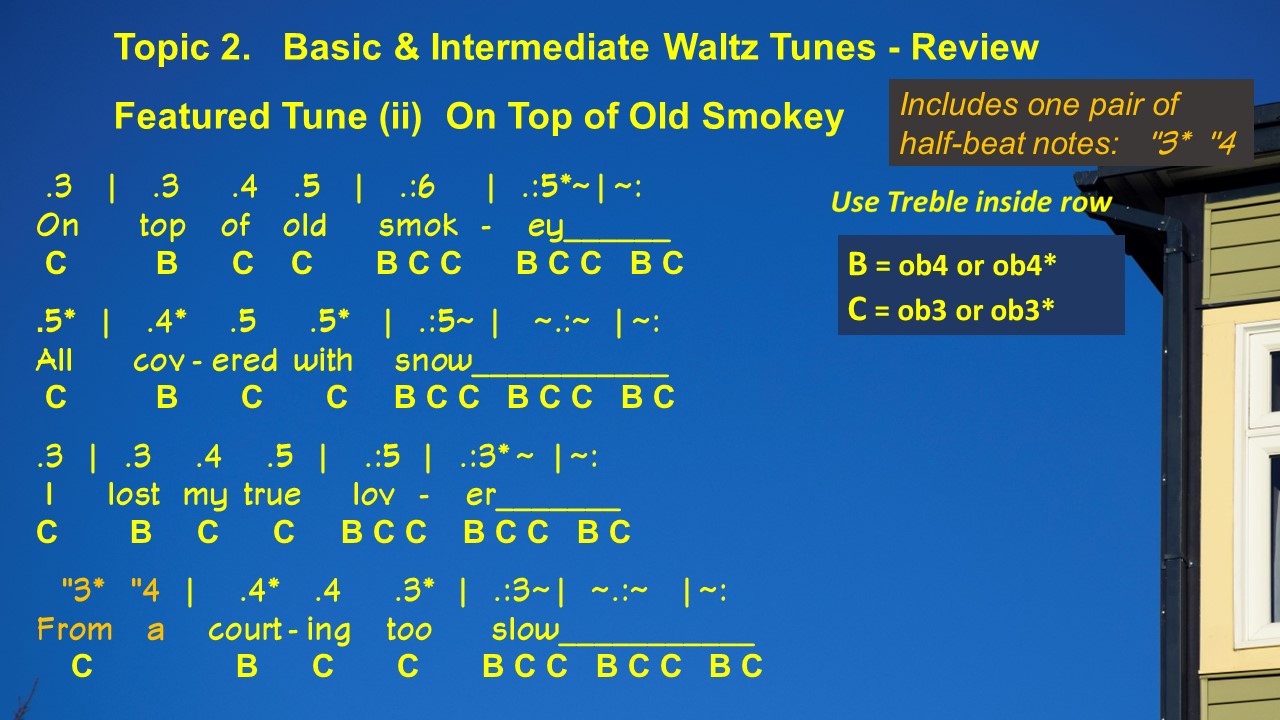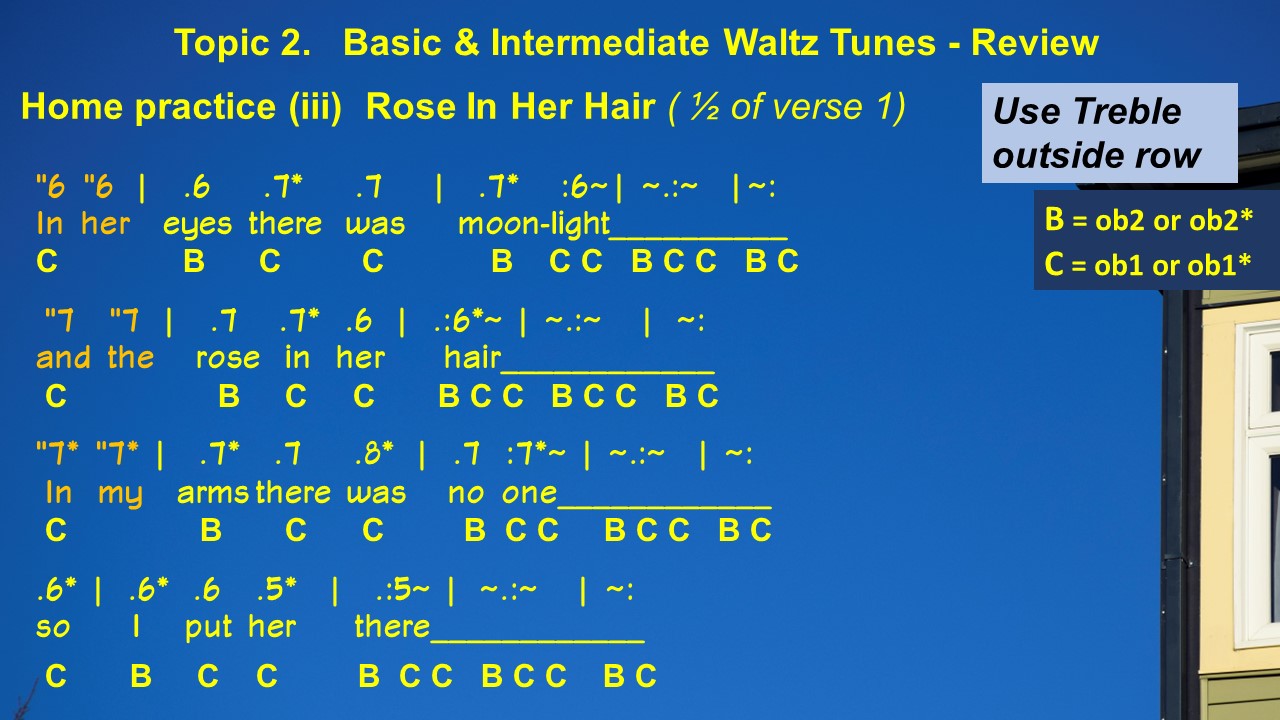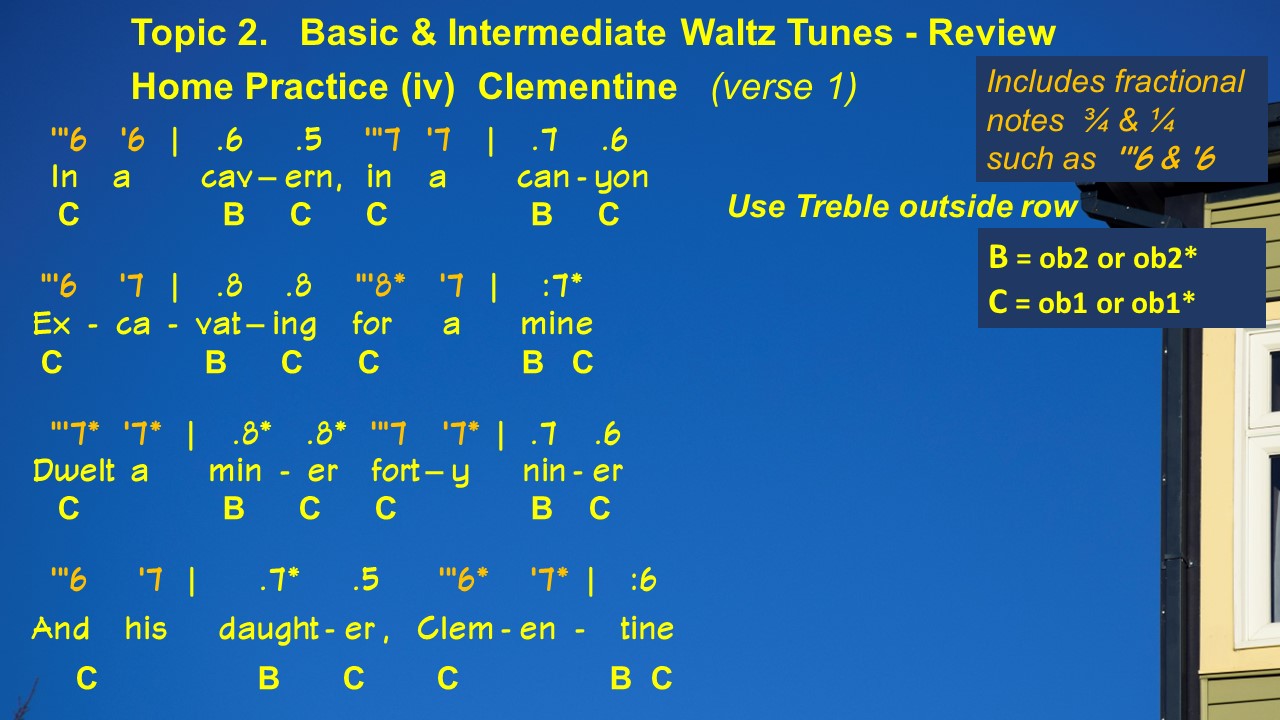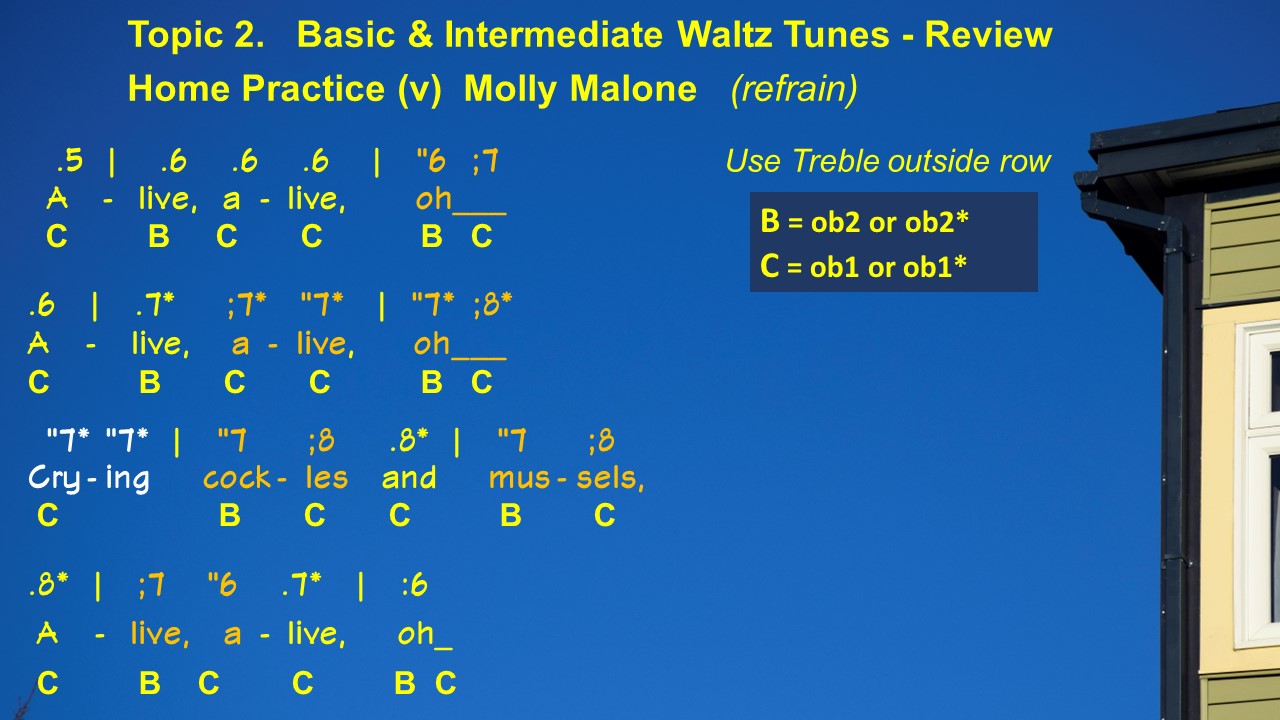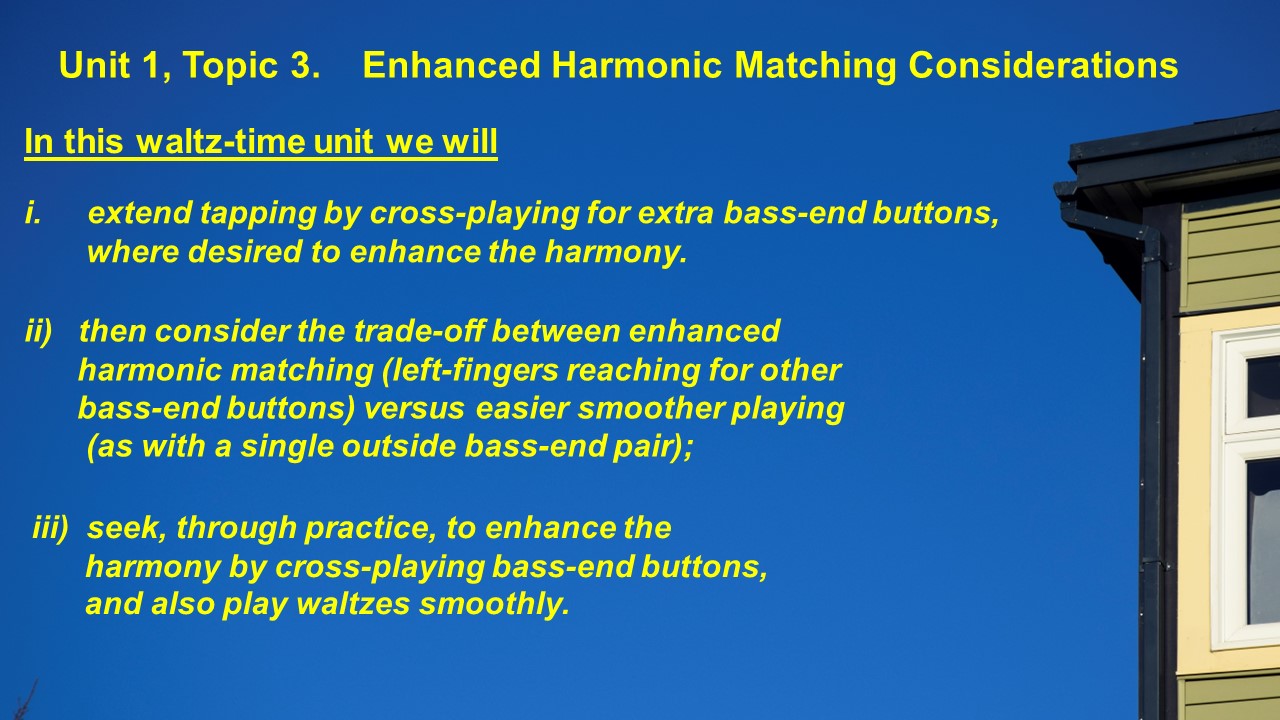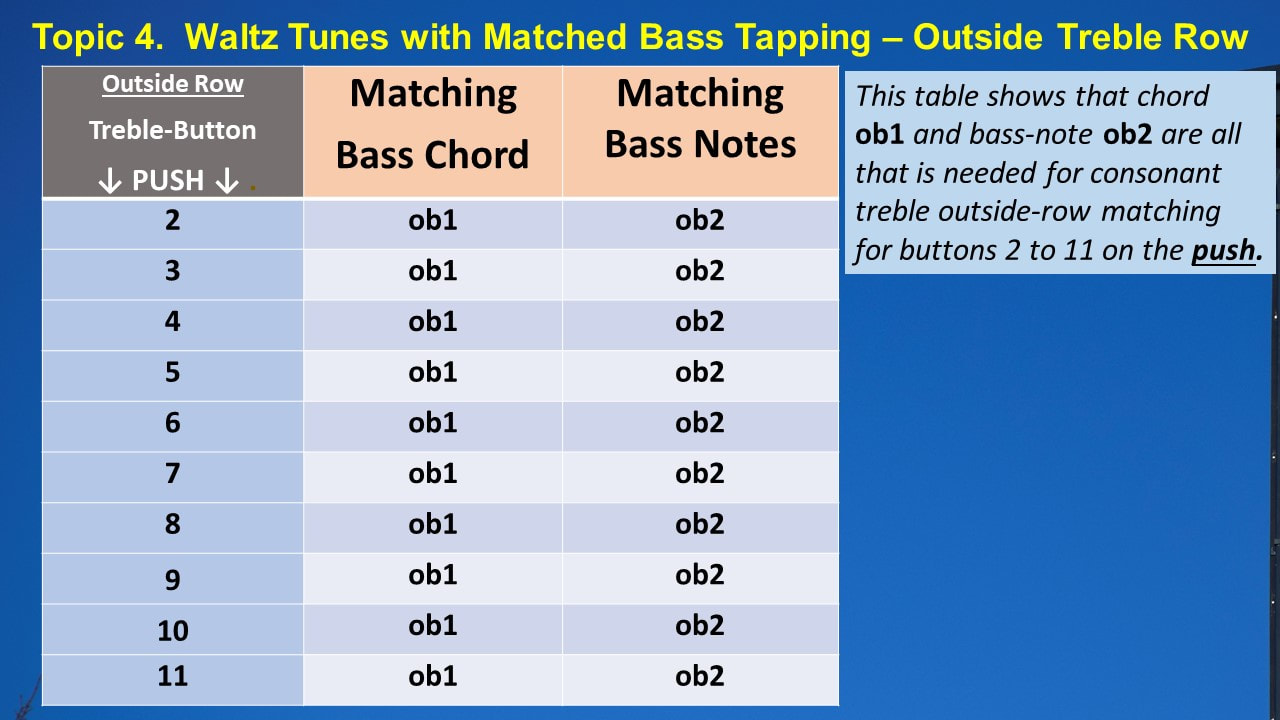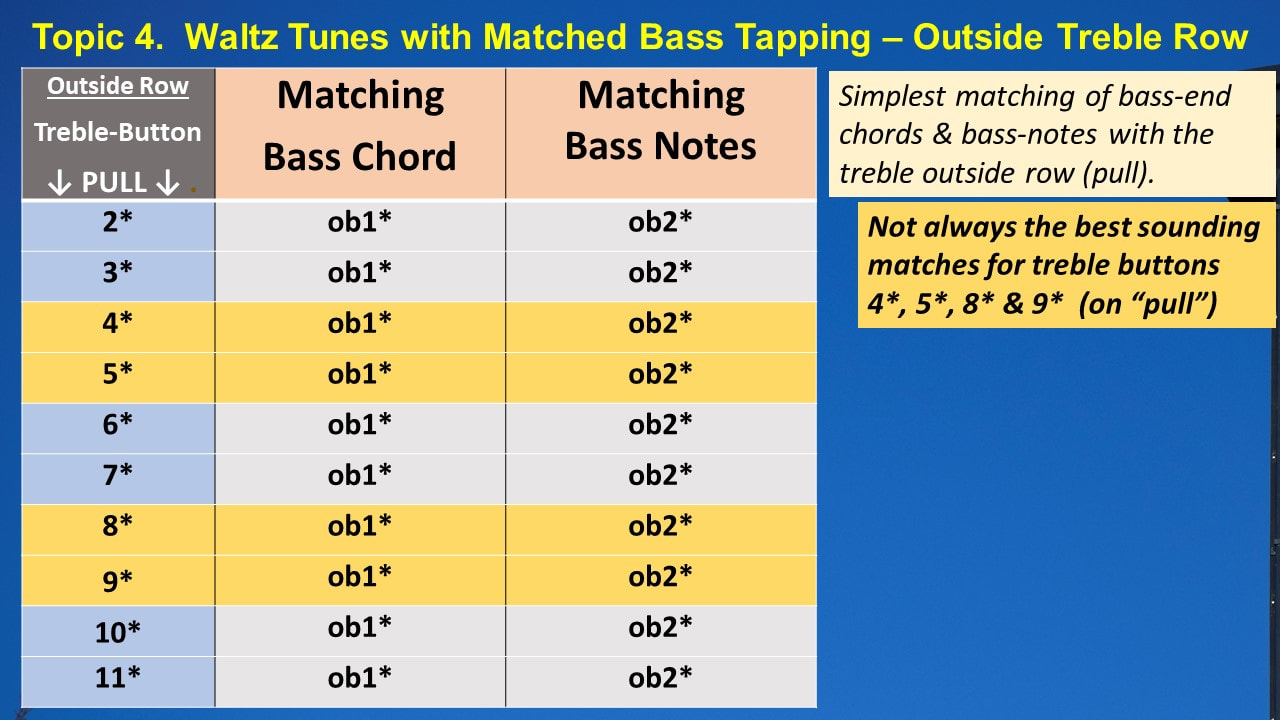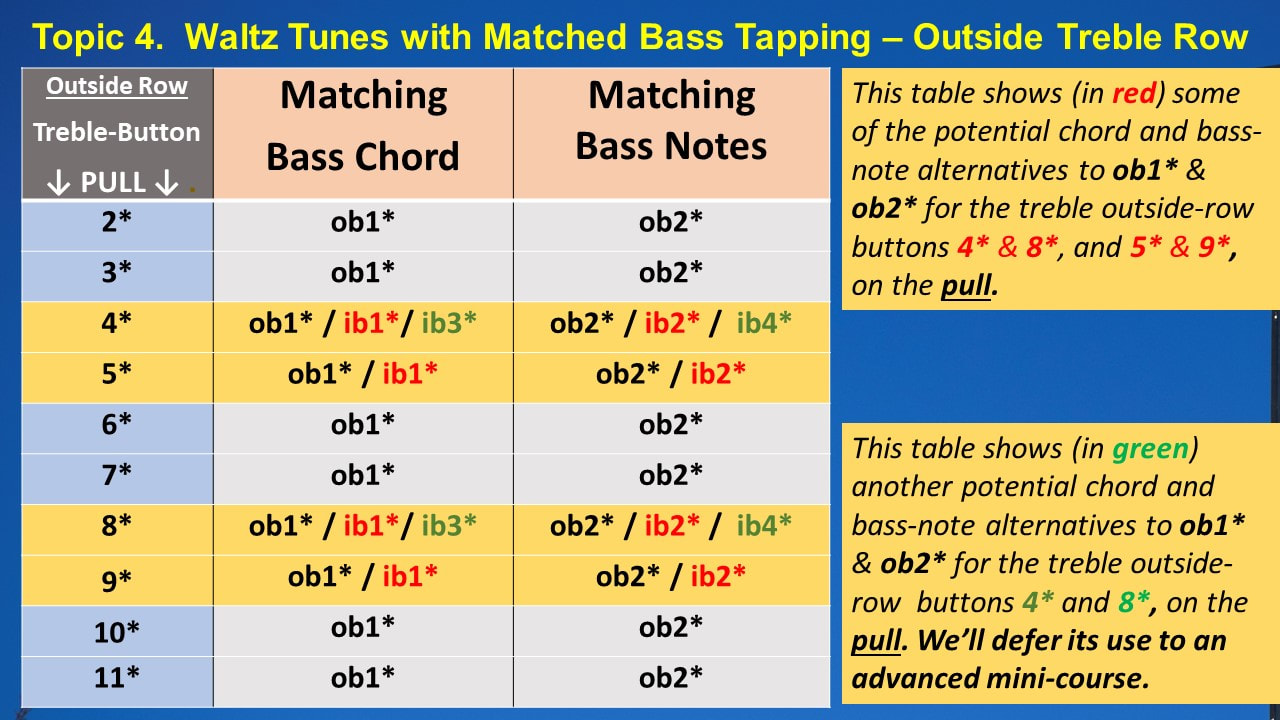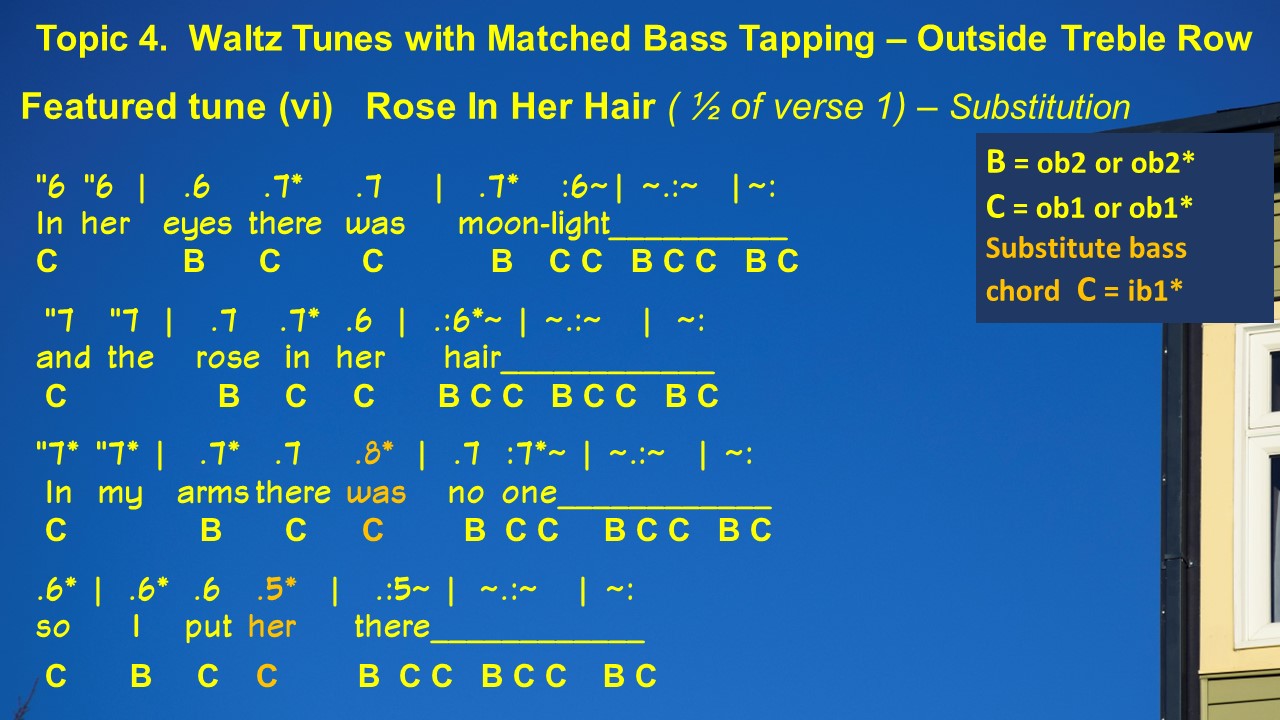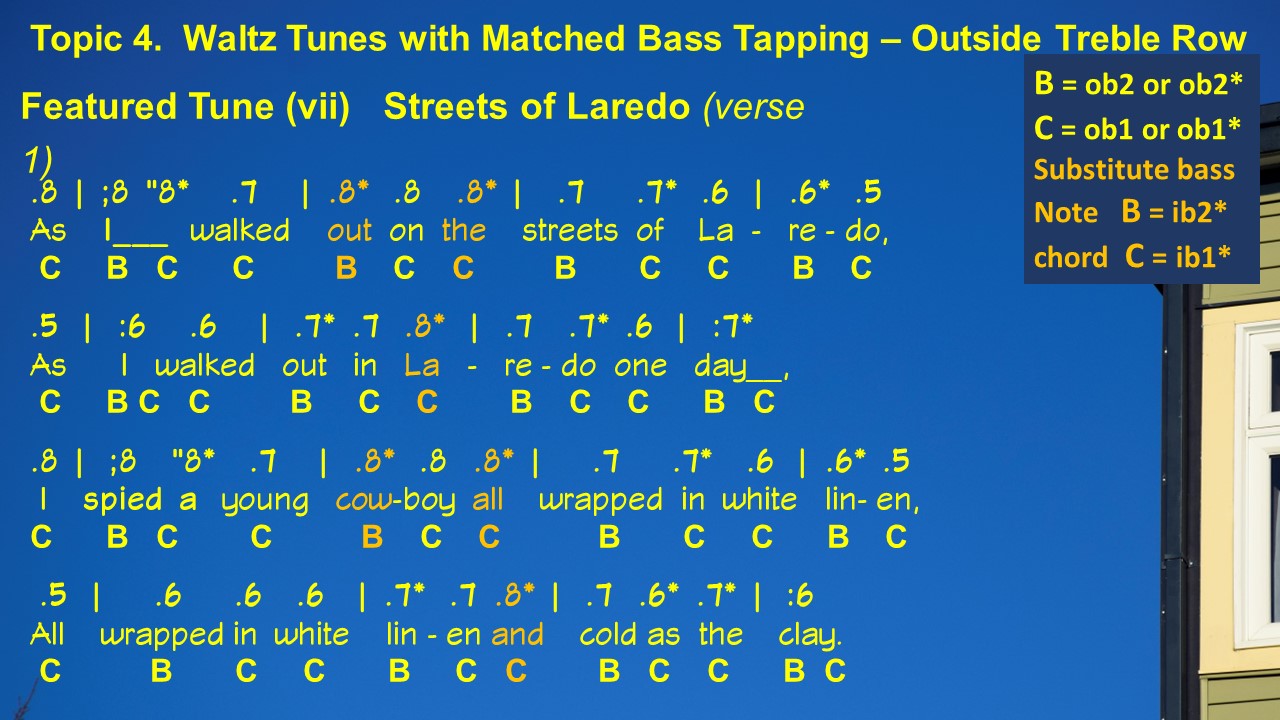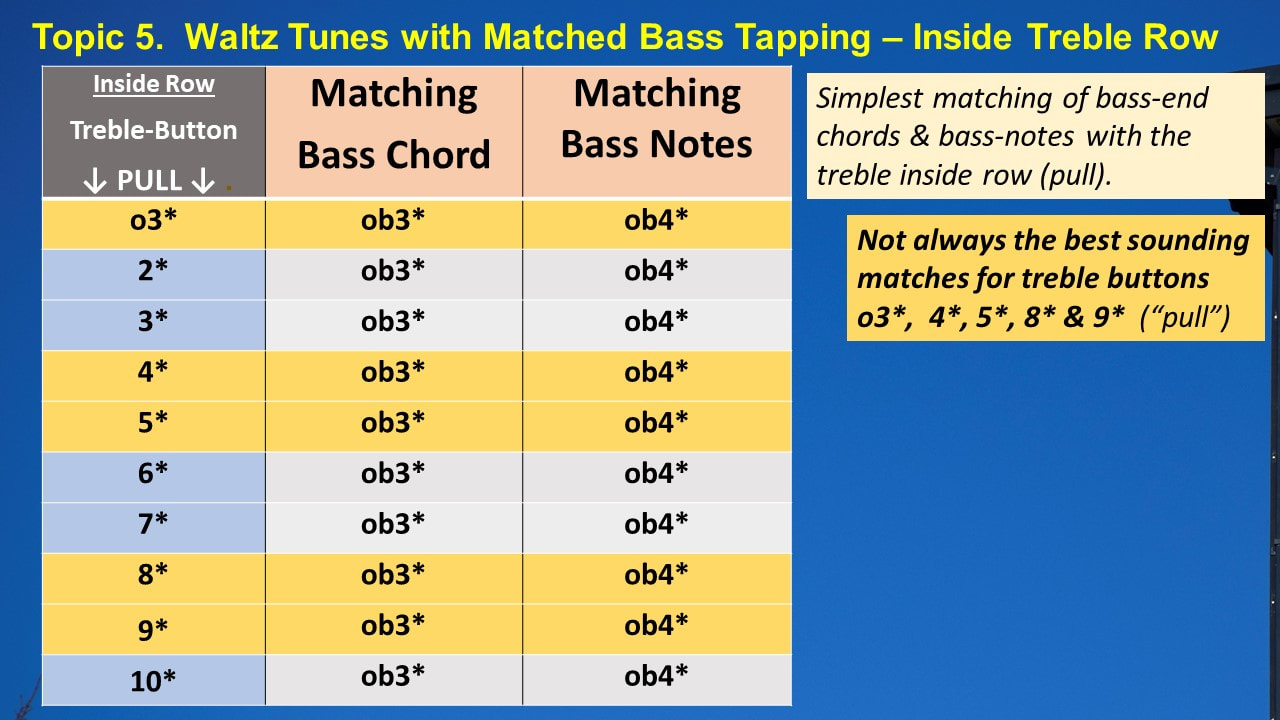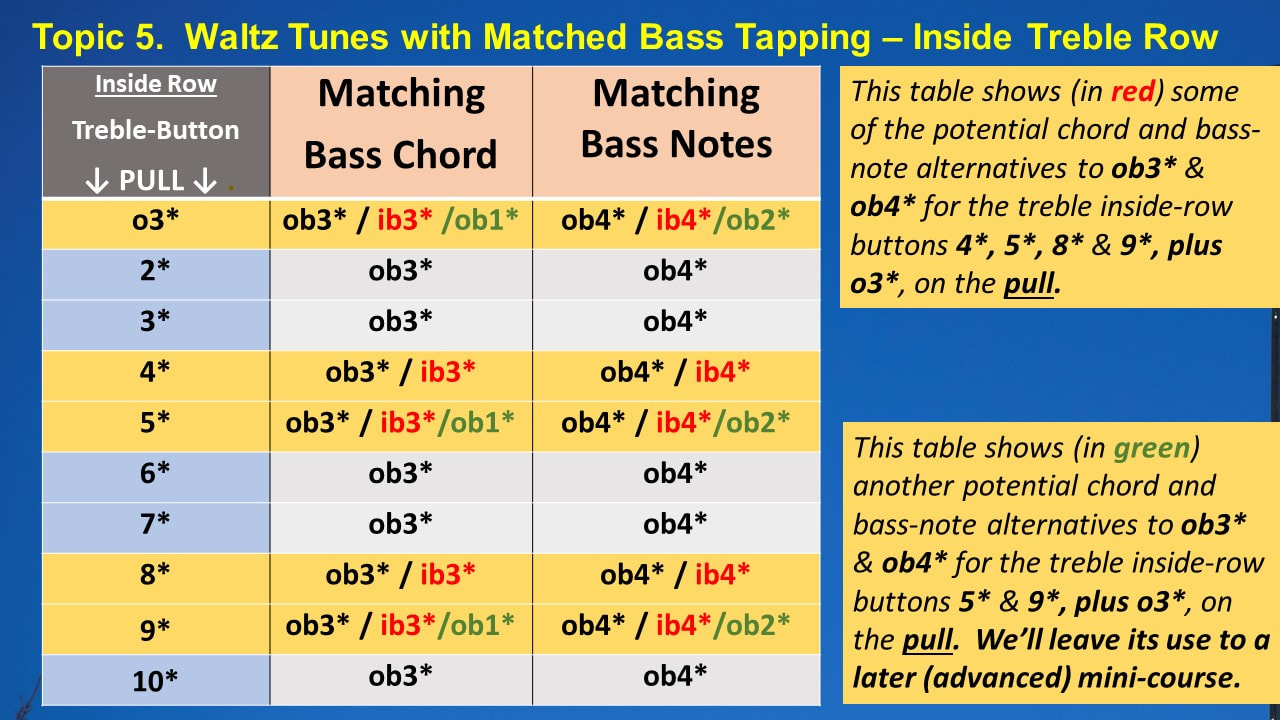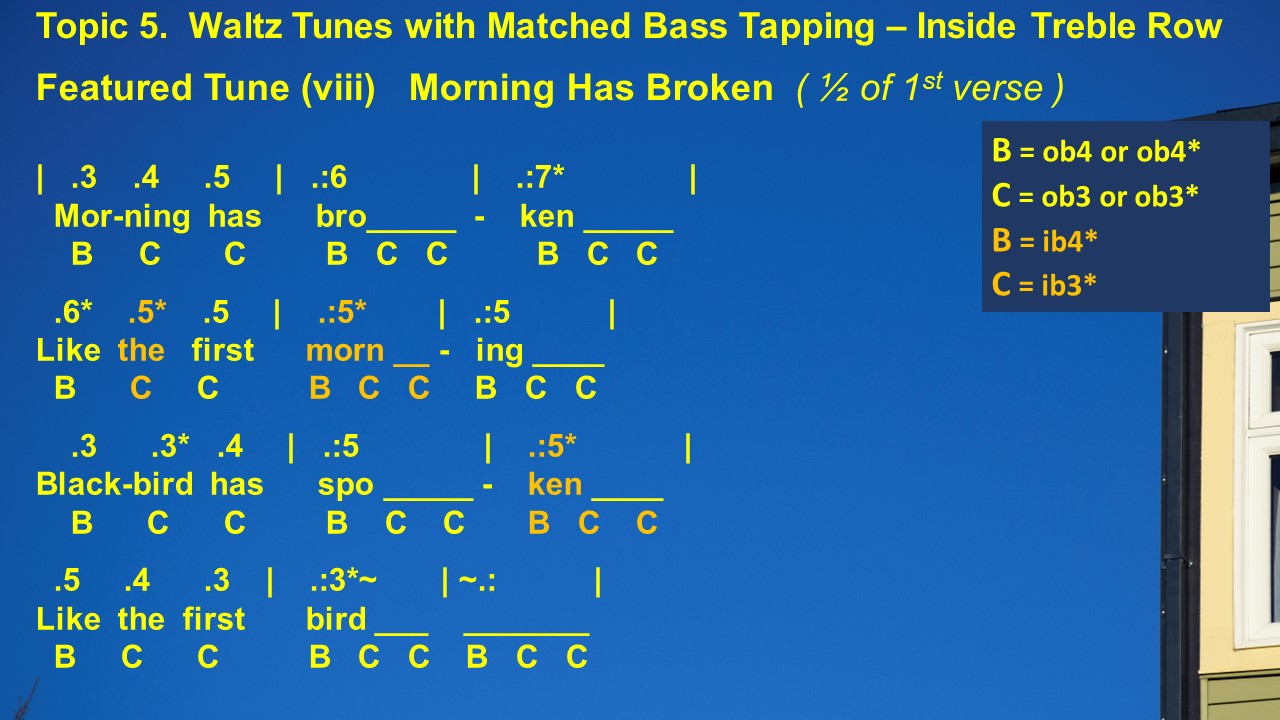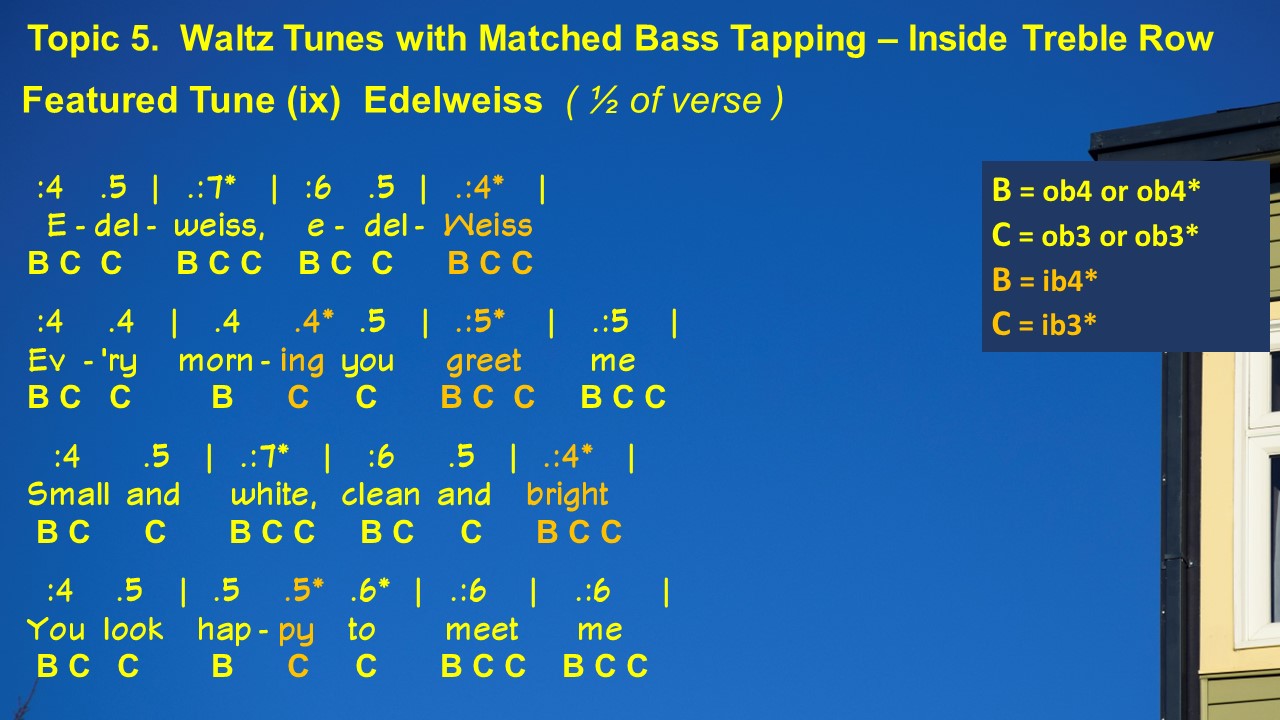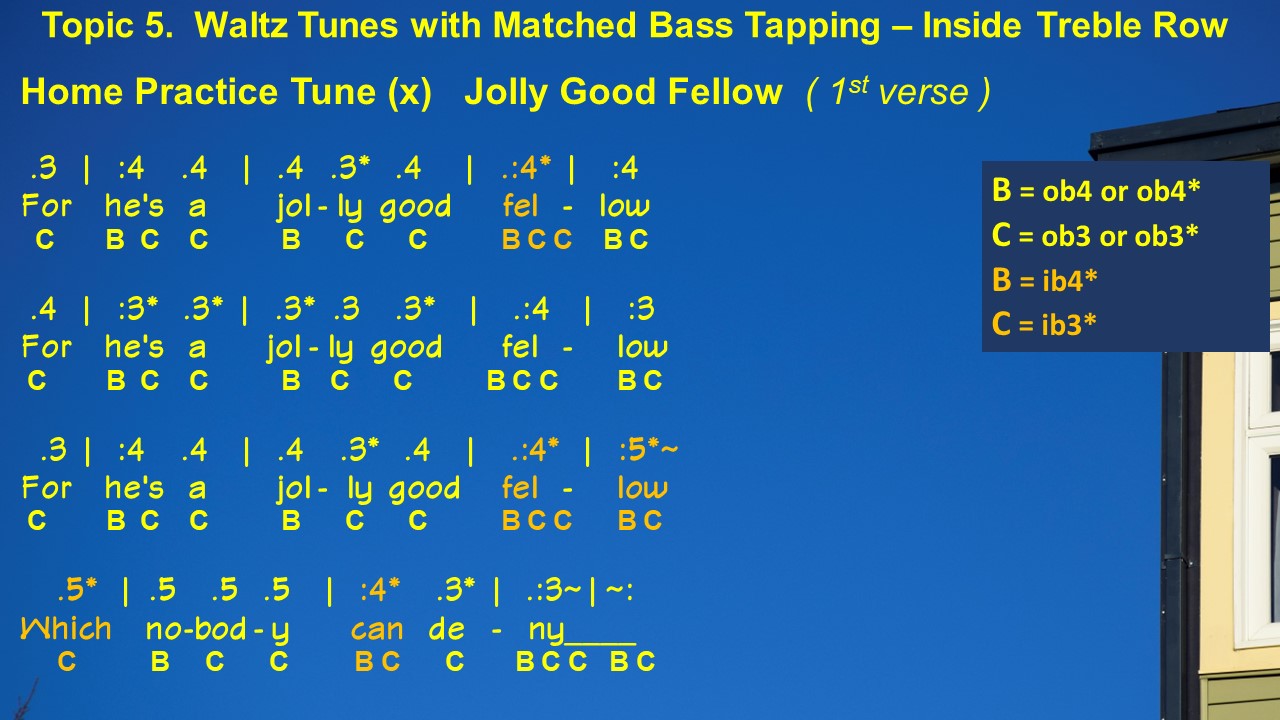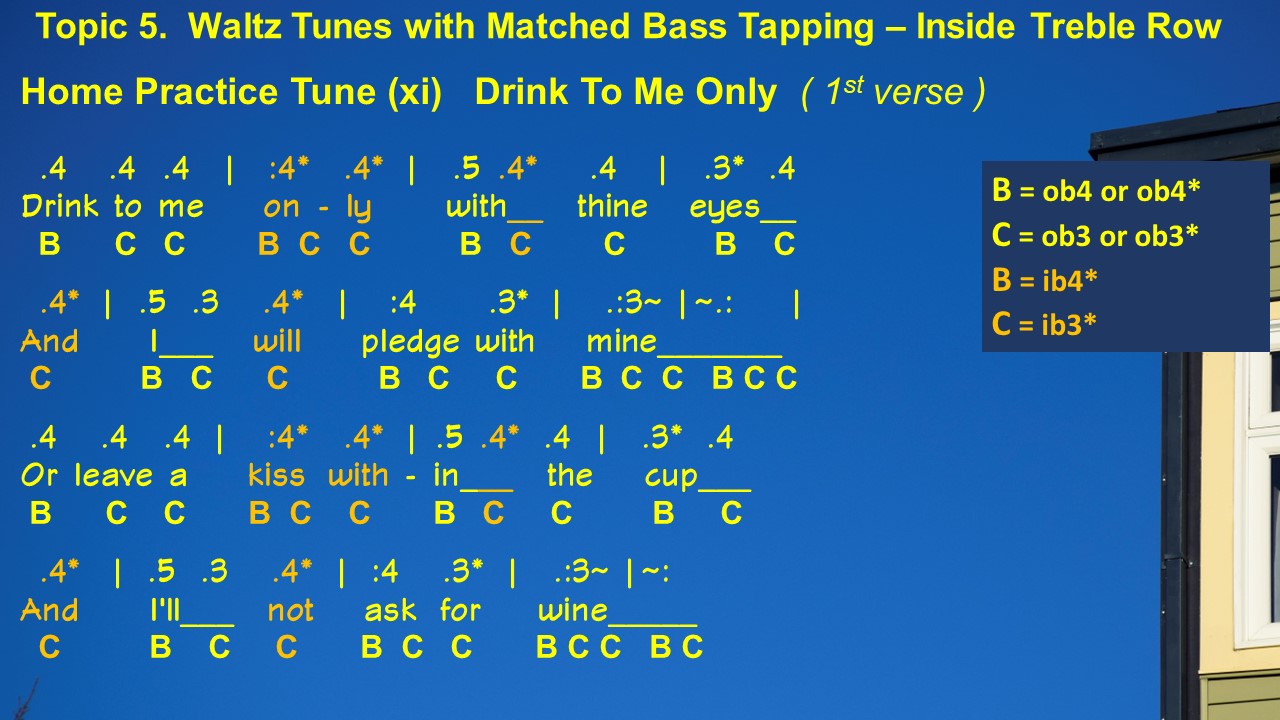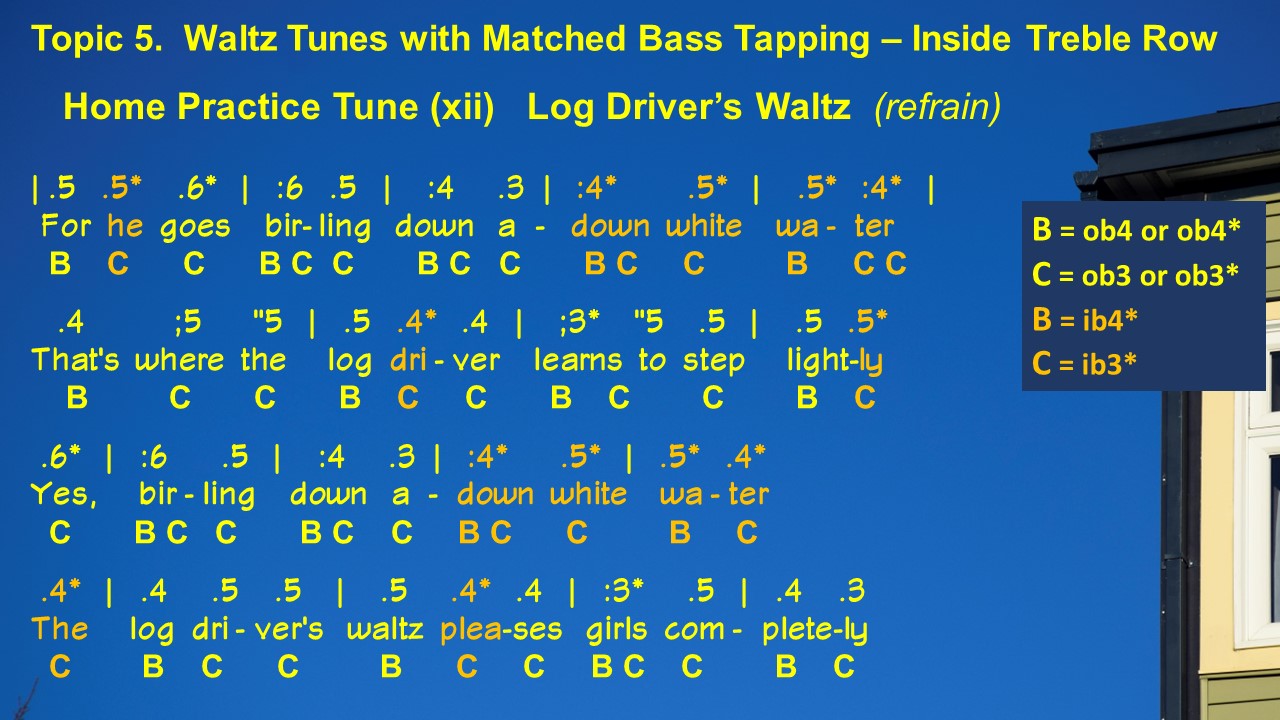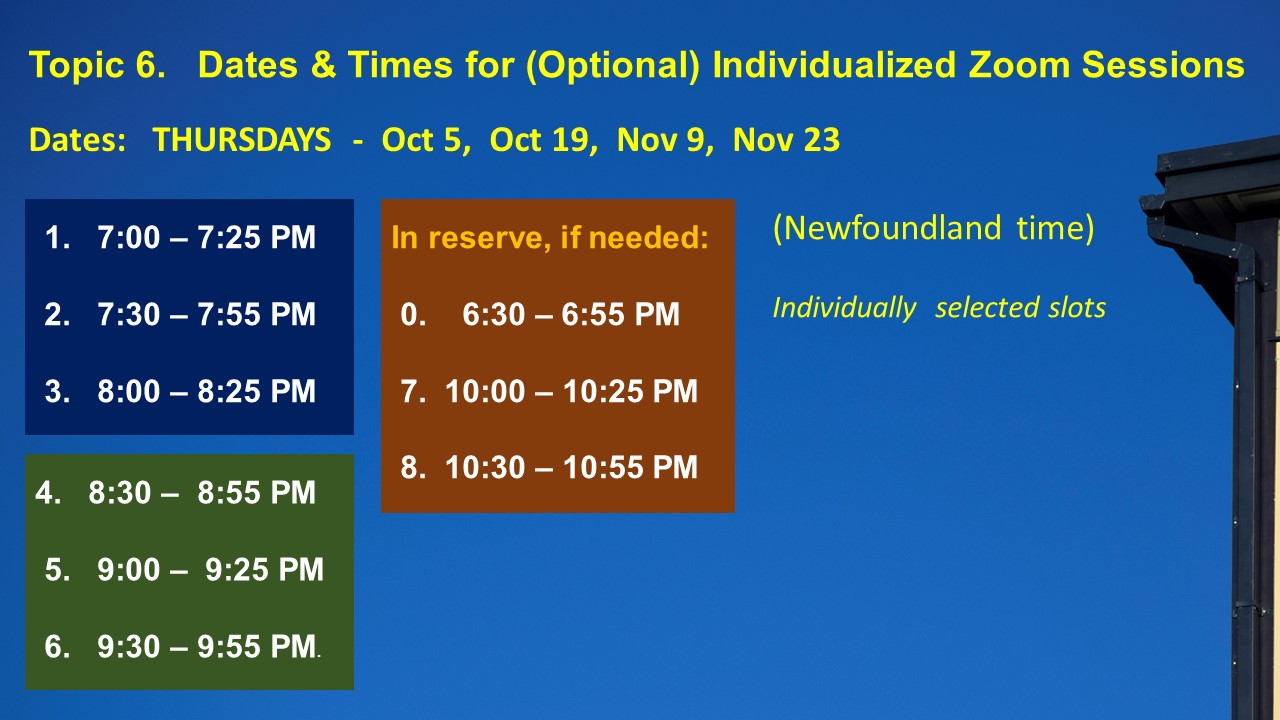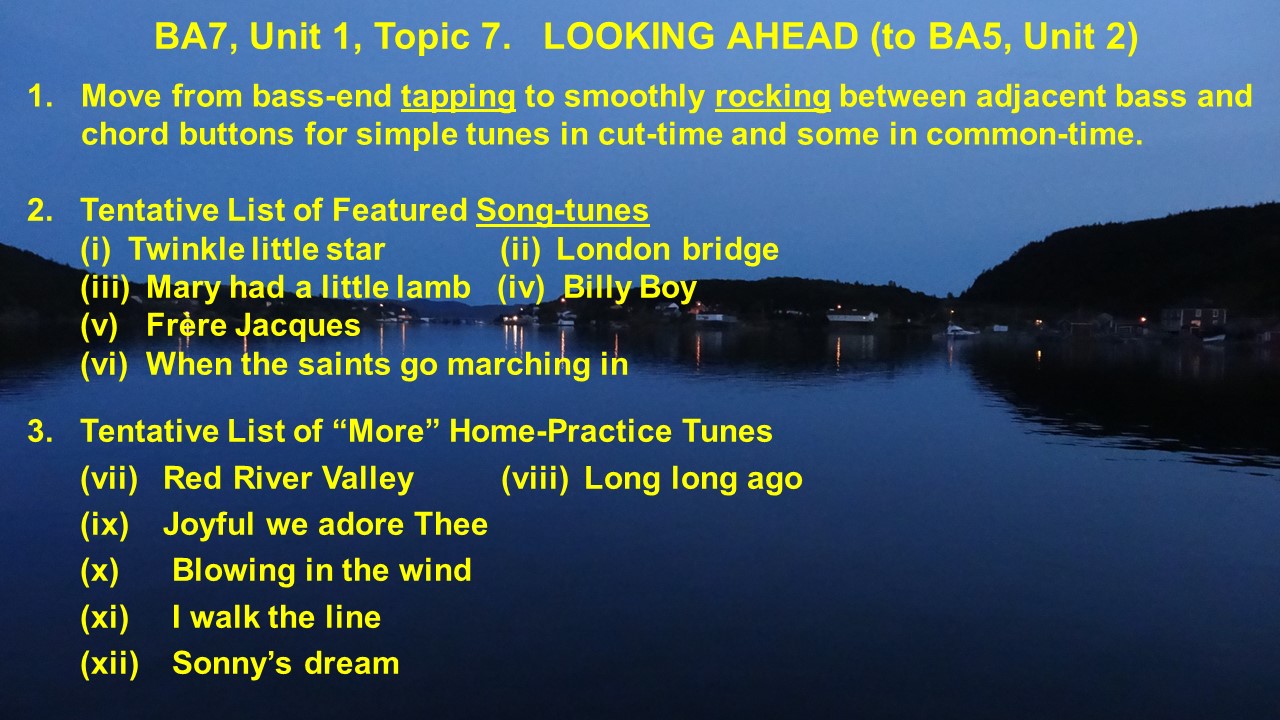Button-Accordion Project
Mini-Course BA5
Enhanced Melodies & Tunes
UNIT ONE (of FOUR)
Waltz-time Tunes with Dual Bass-row Tapping
Mini-Course BA5
Enhanced Melodies & Tunes
UNIT ONE (of FOUR)
Waltz-time Tunes with Dual Bass-row Tapping
SLIDES(Compacted)
Web Slide 1 Zoom Slides 1 & 2
Web Slide 2 Zoom Slide 3
Web Slide 3 Zoom Slide 4
Web Slide 4 Zoom Slides 5 to 9
Web Slide 5 Zoom Slide 10
Web Slide 6 Zoom Slide 11
Web Slide 7 Zoom Slides 12 to 14
Web Slide 8 Zoom Slides 15 to 17
Web Slide 9 Zoom Slides 18 & 19
Web Slide 10 Zoom Slides 20 & 21
Web Slide 11 Zoom Slides 22 & 23
Web Slide 12 Zoom Slides 24 & 25
Web Slide 13 Zoom Slide 26
Slide 14 Zoom Slide 27
Web Slide 15 Zoom Slides 28 & 29
Web Slide 16 Zoom Slide 30
Web Slide 17 Zoom Slides 31 to 33
Web Slide 18 Zoom Slides 34 & 35
Web Slide 19 Zoom Slide 36
Web Slide 20 Zoom Slides 37 & 38
Web Slide 21 Zoom Slide 39
Web Slide 22 Zoom Slide 40
Web Slide 23 Zoom Slide 41
Web Slide 24 Zoom Slides 42 & 43
Web Slide 25 Zoom Slides 44 & 45
Web Slide 26 Zoom Slide 46
Web Slide 27 Zoom Slide 47
Web Slide 28 Zoom Slide 48
Web Slide 29 Zoom Slide 49
Web Slide 30 Zoom Slide 50
Web Slide 31 Zoom Slides 51 to 53
Web Slide 32 Zoom Slides 54 & 55
Web Slide 33 Zoom Slides 56 to 58
Web Slide 34 Zoom Slide 59
